Mosquitoes and ticks, despite their annoyance, play vital roles in ecosystems. Understanding their life cycles and behaviors is crucial for effective control. Traditional chemical pesticides have drawbacks but are being replaced by eco-friendly methods leveraging essential oils, plant extracts, and natural predators like ladybugs and lacewings. Plant-based repellents, such as citronella, lavender, and peppermint, offer safer alternatives. Creating wildlife-friendly yards and community involvement in education and collaborative problem-solving further promote sustainable pest management. Emerging technologies, including smart sensors and AI algorithms, enhance control precision while reducing chemical use.
In today’s world, effective yet eco-friendly mosquito and tick control methods are more crucial than ever. As these pests pose significant health risks, understanding their ecology and exploring sustainable solutions is vital for a harmonious coexistence with nature. This article delves into traditional control methods, the emergence of green alternatives, natural repellents, plant-based products, and community efforts. By examining successful implementations and future trends, we’ll explore how to manage these pests without harming our environment.
Understanding Mosquito and Tick Ecology
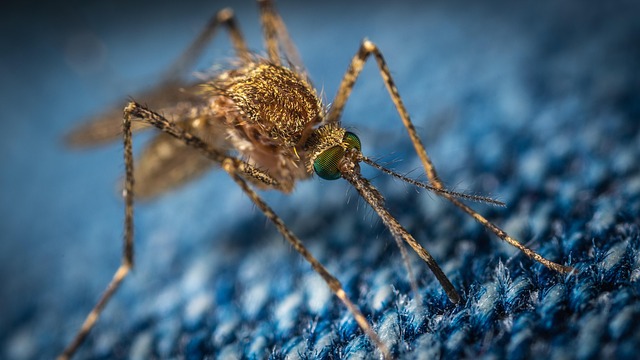
Mosquitoes and ticks are more than just pesky insects; they’re complex creatures with intricate ecological roles. Understanding their life cycles and behaviors is key to effective mosquito and tick control. Mosquitoes, for instance, breed in standing water and lay their eggs in thin films on water surfaces. Adult mosquitoes feed on nectar for energy but require blood meals to produce eggs. Ticks, on the other hand, live in humid, shaded areas and often attach to hosts like mammals or birds. They also need blood meals for reproduction, which makes them potential carriers of diseases such as Lyme disease. By grasping these ecological facts, we can develop more targeted and eco-friendly control methods that minimize harm to non-target species while effectively managing mosquito and tick populations.
Traditional Mosquito and Tick Control Methods: Pros and Cons
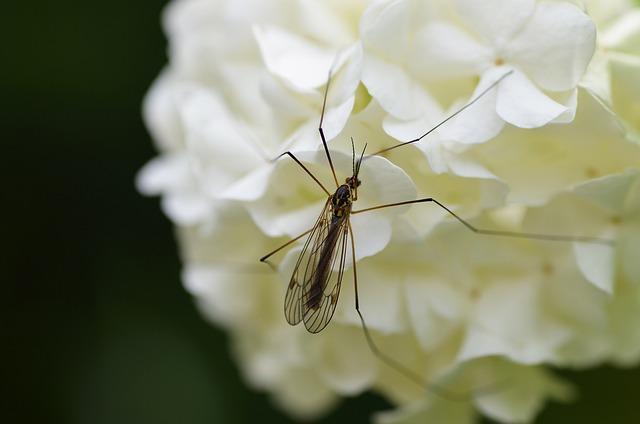
Traditional methods of mosquito and tick control have long relied on chemical pesticides, offering both benefits and drawbacks. On one hand, these synthetic chemicals are effective in reducing insect populations and preventing diseases carried by mosquitoes and ticks, such as Zika, West Nile, and Lyme disease. They can quickly eliminate visible insects, providing immediate relief for outdoor activities and residential areas.
However, the use of chemical pesticides also poses significant environmental and health concerns. These chemicals can contaminate water sources, harm beneficial insects like bees and butterflies, and persist in the environment, leading to long-term ecological damage. Additionally, exposure to these pesticides may have adverse effects on human health, including respiratory issues, skin irritation, and potential long-term developmental problems, especially for children and pets. As a result, many communities and individuals are seeking eco-friendly alternatives for mosquito and tick control that prioritize the well-being of both people and the planet.
The Rise of Eco-Friendly Pests Solutions

In recent years, there’s been a growing demand for eco-friendly mosquito and tick control methods as awareness about environmental sustainability increases. Traditional pest solutions often rely on toxic chemicals that can harm beneficial insects, pollute water sources, and pose risks to human health. This has led to a shift in the pest management industry towards more natural and safer alternatives. Consumers are now seeking environmentally conscious solutions that effectively target mosquitoes and ticks without causing undue ecological damage.
Innovators and researchers have responded by developing cutting-edge eco-friendly mosquito and tick control products. These solutions leverage essential oils, plant extracts, and other natural compounds known for their repellent and insecticidal properties. By harnessing the power of nature, these methods offer effective pest management while minimizing the environmental impact. This trend not only benefits ecosystems but also appeals to consumers concerned about the safety of traditional chemical treatments around their homes and gardens.
Natural Repellents and Their Efficacy

Many people are turning to natural mosquito and tick control methods as an alternative to chemical-laden products. Plant-based repellents, such as citronella, lavender, and basil, have been used for centuries to ward off these pests. These natural remedies offer a more eco-friendly approach to mosquito and tick control, eliminating the risk of harmful chemicals leaching into the environment or affecting beneficial insects.
Research suggests that certain essential oils and plant extracts can be highly effective in repelling mosquitoes and ticks. For instance, citronella oil is well-known for its ability to keep bugs at bay when applied to the skin or used in diffusers. Similarly, lavender and basil have been shown to possess insecticidal properties and can help create a natural barrier against these pesky creatures. By utilizing these natural repellents, individuals can effectively manage mosquito and tick populations while minimizing their environmental impact.
Plant-Based Mosquito and Tick Control Products
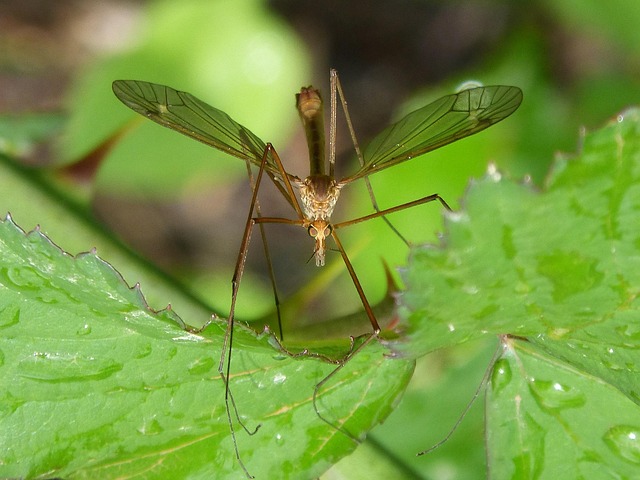
Many eco-conscious consumers are turning to plant-based mosquito and tick control products as a safer, more sustainable alternative to traditional chemical pesticides. These natural solutions harness the power of plants’ essential oils, which have been shown to effectively repel and eliminate these pests without harmful side effects on humans or the environment. Compounds like citronella, lavender, and peppermint oil are commonly used due to their strong scents that mosquitoes and ticks find unpleasant.
Plant-based mosquito and tick control products come in various forms, including outdoor sprays, candles, and repellent creams. When used responsibly, these products offer a effective and eco-friendly way to enjoy the outdoors without worrying about exposing yourself or your family to potentially harmful chemicals. Their effectiveness ranges, so it’s important to choose products with proven track records and follow application instructions carefully for optimal results in mosquito and tick control.
Integrating Wildlife-Friendly Practices into Your Yard

Creating a wildlife-friendly yard is an effective way to promote natural mosquito and tick control while fostering a healthy ecosystem. Instead of relying on chemical treatments, consider integrating practices that attract beneficial insects like ladybugs and lacewings, which feed on mosquitoes and ticks. Planting native flowers and shrubs provides habitats for these insects, birds, and bats, all of which are natural predators of pests.
Additionally, maintaining a well-trimmed landscape reduces standing water—a crucial breeding ground for mosquitoes—and creating brush piles or wooden structures offers shelter for beneficial wildlife. These simple yet powerful methods not only help control mosquito and tick populations but also enhance your yard’s biodiversity, contributing to a more balanced and sustainable environment.
Community Efforts for Sustainable Pest Management
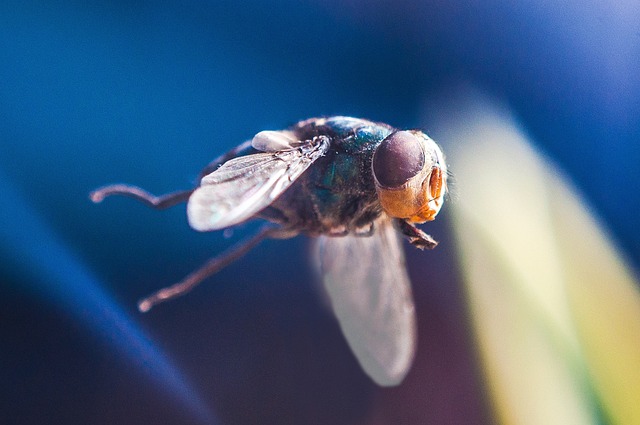
Community efforts play a vital role in implementing sustainable mosquito and tick control methods, fostering healthier environments for all residents. By promoting education and collaboration, communities can encourage responsible pest management practices. This includes organizing awareness campaigns to teach citizens about the life cycles of mosquitoes and ticks, their preferred habitats, and effective non-chemical repellents. Such knowledge empowers individuals to take proactive steps in their daily lives, like maintaining clean outdoor spaces, eliminating standing water, and choosing plant-based repellents.
Moreover, community initiatives can lead to collaborative problem-solving through shared resources and expertise. This might involve creating task forces dedicated to regular inspections of public areas for potential breeding grounds, implementing integrated pest management strategies, and fostering partnerships with local environmental agencies. These collective actions not only reduce the reliance on chemical pesticides but also create a more sustainable and ecologically balanced approach to mosquito and tick control, benefiting both human health and the environment.
Case Studies: Successful Eco-Friendly Implementations
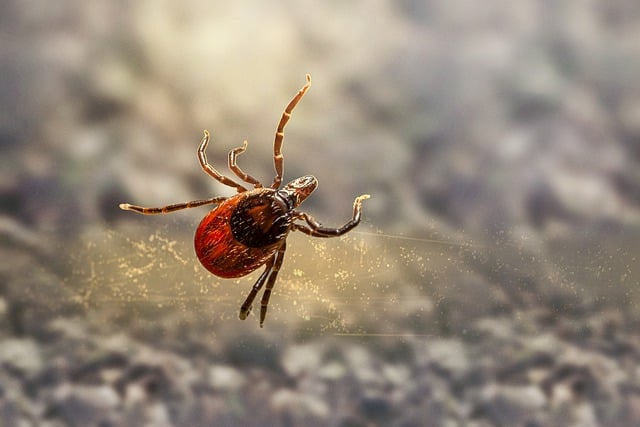
Many communities are now embracing eco-friendly mosquito and tick control methods, with promising results. For instance, in urban areas plagued by mosquito-borne diseases, a holistic approach involving biological controls, habitat manipulation, and targeted applications of natural repellents has led to significant reductions in mosquito populations. This method not only minimizes environmental impact but also promotes public safety.
In rural settings, the use of native plant species that repel ticks has been highly effective. By planting these plants around homes and agricultural areas, residents have seen a dramatic decrease in tick encounters. Additionally, some regions have successfully implemented community-wide integrated pest management programs, integrating biological, cultural, and chemical methods to control both mosquitoes and ticks, ensuring safer outdoor activities for all.
Future Trends in Green Mosquito and Tick Control

As we move forward, the future of green mosquito and tick control looks promising with innovative technologies emerging to meet the growing demand for sustainable pest management. Scientists and researchers are constantly exploring new methods that minimize environmental impact while effectively targeting these pests. One such trend is the increased use of natural predators and biological controls, such as introducing specific fungi or bacteria that target mosquitoes and ticks without harming other organisms or the ecosystem.
Another exciting development is the integration of smart technology and data analytics. Using IoT sensors and AI algorithms, professionals can monitor mosquito and tick populations in real-time, predict outbreaks, and deploy control measures more precisely. This not only enhances the effectiveness of control efforts but also reduces the use of chemical treatments by targeting specific areas and times when pests are most active. These future trends showcase a commitment to developing eco-friendly solutions for mosquito and tick control while addressing the challenges posed by these persistent vectors.
